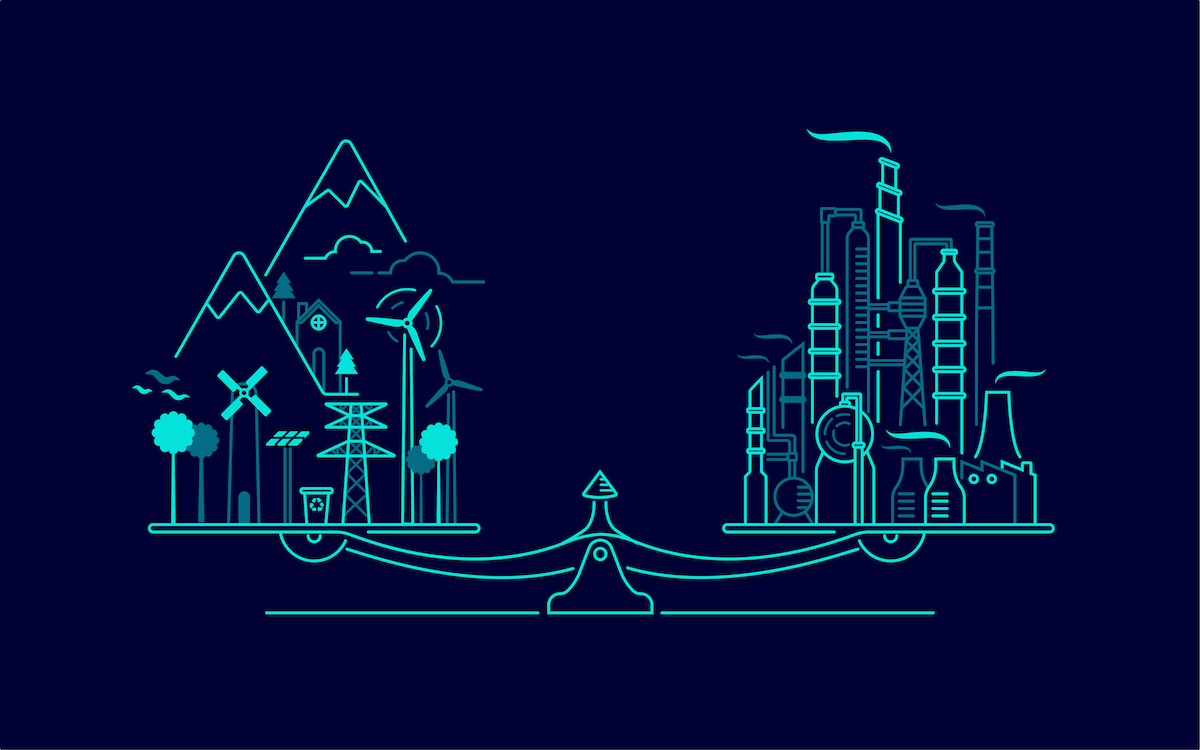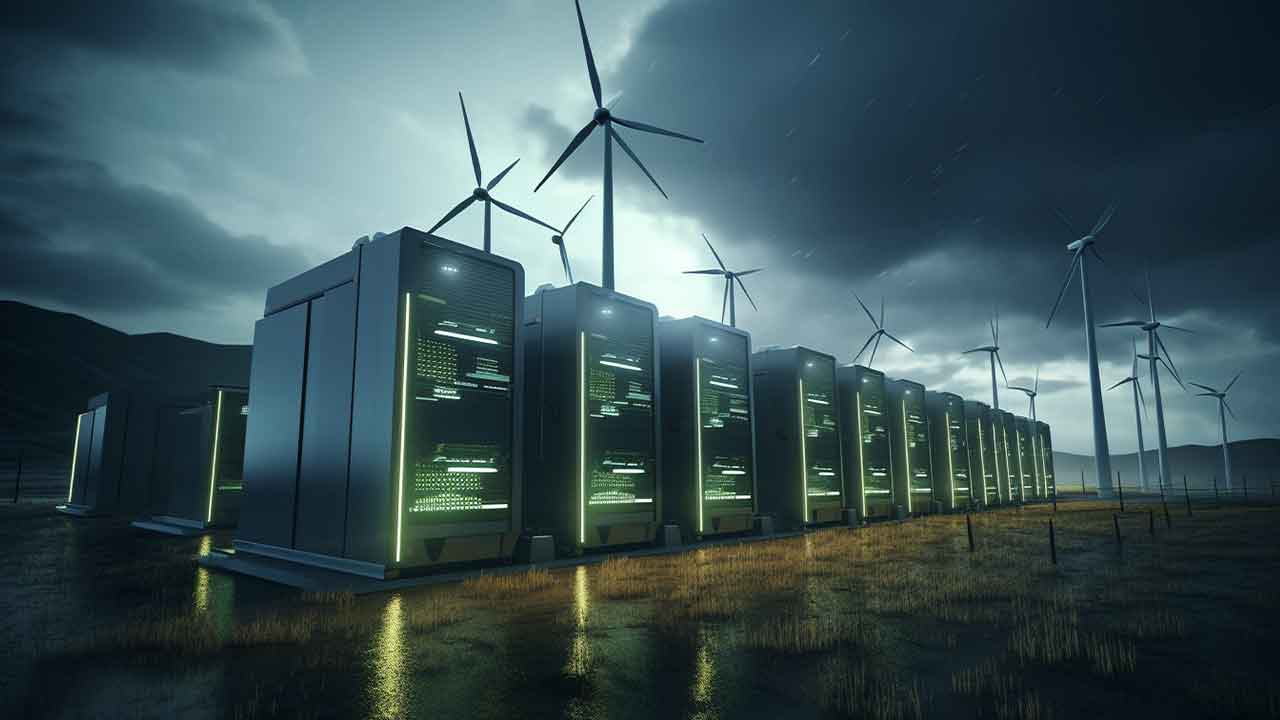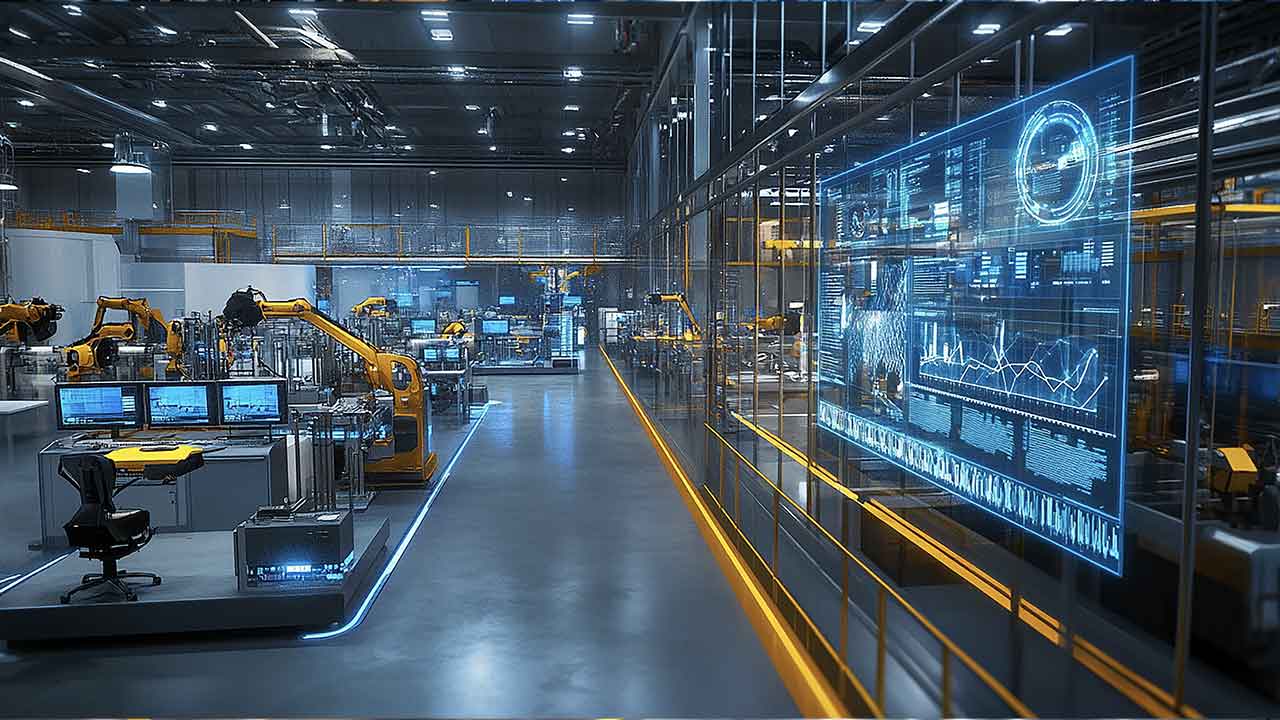3D Digital Twins, IoT, and the Future of Decarbonization
The Department of Energy reports that businesses, federal, state, and local governments own, operate, and use 93 billion square feet of U.S. real estate and account for 18 percent of U.S. primary energy use—more than all of Canada’s energy consumption. As a result, governments and private institutions are targeting commercial buildings, enacting legislation, and creating budgetary programs in an effort to drive down energy consumption and decarbonize.
Future of Decarbonization and Innovations
A number of innovations are being created and deployed to help accomplish key decarbonization of buildings objectives in the commercial construction sector as well as for existing structures. Building owners, developers, and property management teams are now turning to 3D platforms and digital twin technology to monitor and manage energy usage. When combined with IoT sensor data and building information management systems, this technology provides deeper insight into how energy is being consumed while also providing tools to control overall consumption. More about How IIoT enables the factory of the future
Buildings that can be targeted with this type of technology fall into three categories.
- The first are municipal and educational buildings, such as university campuses, government offices, and medical facilities. Building managers in this category are often managing tens or hundreds of individual buildings that are fairly large in size and are controlled by a dedicated facilities team. Monitoring and controlling energy usage in these types of buildings could have a huge effect on both decarbonization and cost savings.
- The second are large residential complexes and hotels in major metropolitan areas like San Francisco, NYC, and Miami. Facilities operations teams and general managers are now tasked with efforts to monitor energy usage and reduce costs. With hundreds of hotel rooms or apartments in many developer-owned buildings, keeping costs down in public areas can be challenging. Harnessing innovative technology to tackle this challenge is now on the forefront for architects and developers who are focused on more sustainable building design and retrofits.
- Commercial buildings which consume 13.6 quads of electricity (35 percent of electricity consumed in the U.S), and generate 826 million metric tons of carbon dioxide emissions (16 percent of all U.S. carbon dioxide emissions) fall into the third category. Today’s building managers are strategizing innovative ways to enhance existing BIM technology to help drive down overall energy usage and emissions that are harmful to the environment.
Strategies for reducing the carbon footprint of buildings start with knowing where energy is going in the first place. This involves installing sensors as a retrofit or during the building process in circuit breakers, etc. to measure the current flowing into each dedicated circuit. Data from these power sensors is then transmitted to a central location and made available on a dashboard, usually provided by the sensor company themselves.
3D Digital Twins and IoT Advantages
Digital twins have many benefits; one of them is that they offer another layer of interface by mapping this data onto a realistic 3D digital model of the building providing a much more intuitive ‘at a glance’ view of power consumption. Visualizations can also be added to show how energy is ‘flowing’ around the building. Energy being generated by the building through the use of EV panels and heat recovery systems and stored in batteries can also be displayed on the digital twin.
The advantage of harnessing all of this data into a digital twin is that it combines disparate data sources into a single view and shows an overall energy usage for the building across different power consumption sensors and power generation devices.
In the past, building management systems were monolithic vendor installations from the likes of Siemens and Honeywell, where the whole building is locked into a single HW / SW solution. As technology evolves, building operators will need to mix and match sensors and power management systems from different companies. With 3D digital twins proper management, facilities are able to aggregate this data into a single user interface making it easier to monitor and manage energy usage. Find out more about the right representation of Digital Twins for Data Analytics.
As operators start to generate power as well as consume it, they will also want sophisticated ways of handling power distribution. In the morning, east-facing properties will generate more energy and the excess may be directed to a battery for later consumption or sent to buildings that are more west-facing and have a need for power at that time of the day. Facilities are already selling excess power to the ‘grid’ and use spot pricing techniques to get the best deal possible at any given moment. More about The Benefits of Using the Digital Twin in Manufacturing
Large building facilities will therefore start to act more and more like mini utilities and having software that can display and ultimately control this flow of information and distribute energy on the fly will become increasingly urgent. Digital twin technology addresses these needs and is redefining the way we monitor energy needs while also helping to meet decarbonization efforts.
Further reading: IoT Innovation in Construction Industry
About the author
 This article was written by John Burton, the CEO of UrsaLeo. Before founding UrsaLeo, John spent 30 years in the semiconductor industry working with industrial customers across Europe, North America and Japan. Seeing the vast quantities of data being gathered in IIoT environments he got together with Angie Sticher (ex-Apple) to find ways to better visualize and use that data.
This article was written by John Burton, the CEO of UrsaLeo. Before founding UrsaLeo, John spent 30 years in the semiconductor industry working with industrial customers across Europe, North America and Japan. Seeing the vast quantities of data being gathered in IIoT environments he got together with Angie Sticher (ex-Apple) to find ways to better visualize and use that data.



